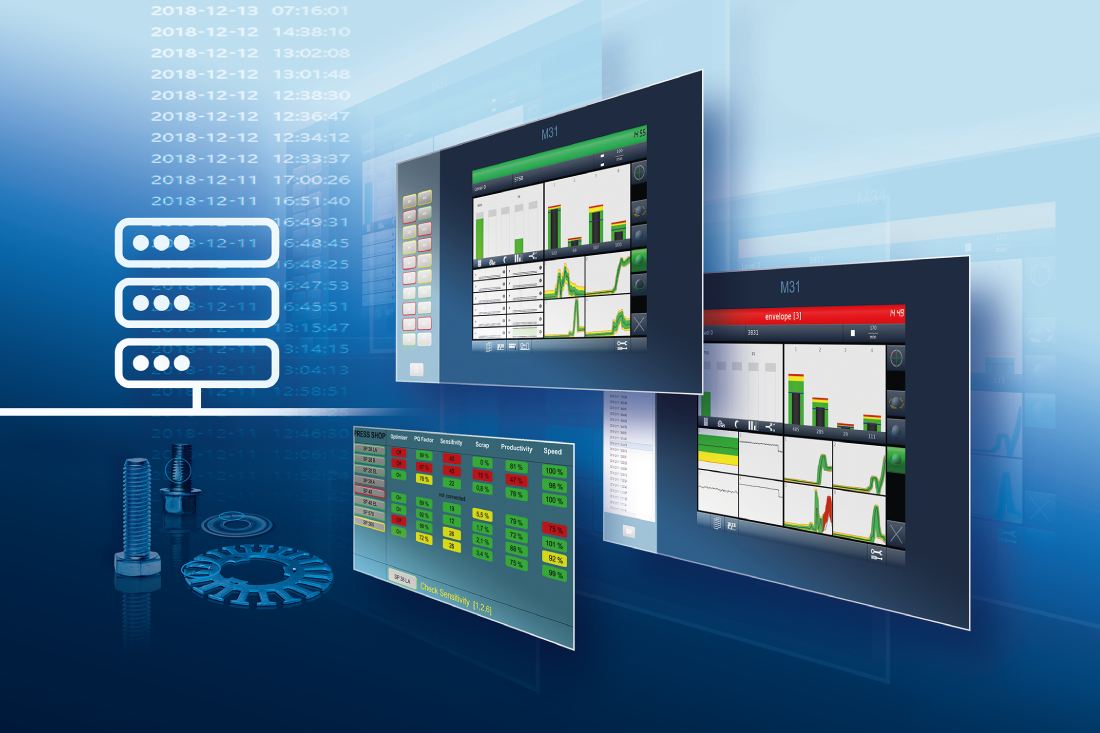Data-driven marketing has proliferated in the media in the past years. Companies that have employed data in their marketing have seen an increase in their engagement by up to 75%. These companies have also recorded a five up to eight times more return on investment compared to a business that did not employ data-driven strategies.
With these numbers, 40% of businesses now plan to increase their allocation for data-driven marketing. More so, 64% of marketers agree that using data is vital in boosting customer engagement as well as identifying personalized experiences through behavioral data. Data represents customer experiences, and when customers relate, this creates customer loyalty.
The process of data collection involves compiling observations and uses data to create patterns and integrate them to machine learning. Through market research, lots of data points are collected to unify customer data. This is where customer touchpoints are identified. There are different executions on how methods and aims are done. However, the essence of data collection is unchanged. In data collection, market researchers need to look into:
- What the research is for
- What data need or should be collected
- What the appropriate processes and methods should be implemented during data collection
There are four steps involved in collecting data:
- Identify the goals of the research
- Identify the right data collection process for your research
- Planning how the data collection will take place
- Collecting the market data
- Identify the goals of the research
Before anything that you would want to venture on, you need to identify what road you want to take or what are the details that you would want to find out. After this, you can begin drafting your statement of the problem. Your problem should encapsulate the business or the practical issue that you would want to give an answer on. It should also include why it matters to study the matter.
The next step will be building on the research questions of your study. There are two types of data that your research questions will be answering. First is the quantitative data, which is the type of data that can be expressed in numbers as well as graphs. Furthermore, this can also be analyzed through the use of statistics. The next type of data is qualitative. This usually describes and attempts to interpret through words.
If you plan to test your hypothesis, quantitative data should be the data that you should seek to find out. If you want to build on different ideas, understand patterns of experiences, or create insights for a better customer experience, you should look for qualitative data. Depending on your aims, you can use the two types of data for your study.
For some references, say you are looking into the perspectives of employees with regard to their direct manager in a large organization. Your first objective should be to determine where there are significant differences to how managers are perceived among different departments and among the different geographic locations of offices. The second objective should be about gathering feedback from the employees to gain insight into their experiences as well as formulate strategies on how managers can be better in leading an organization.
- Identify the right data collection process for your research
If you have decided on the objectives of your study and what type of data you want to gather, the next step is deciding what method will best answer your objectives.
- For quantitative data, experimental research will be the most suitable. Experimental research will test if there is a relationship between your variables. This will determine what is correlated to what and what is causing what. There will be variables that will be changed here as well as kept constant in order to measure the effects of a variable on the other.
- For qualitative data, interviews or focus groups should be better explored. Interviews or focus groups are basically done to better understand how perspectives are formed by a group of people on a deeper level.
- You can also try surveys as well as observations if you plan to have a mix of qualitative and quantitative methods. Surveys are generally done to generate an understanding of how people create their opinions. In addition, observations are done to gain insights into how things are in their natural place.
Your method will determine the data that you will gather. Hence, this is essential in your whole research.
- Planning how the data collection will take place
After figuring out the type of data as well as what methods to take place, you will need to plan on how your data collection will take place. What are then the processes that will be needed to make sure that your experiments are correct, or how will you ensure that your observations are correctly done? This is where the moment you decided how your surveys, as well as interviews, will be done and what will be included in your experiment. There are different methods involved here. You can try operationalization, sampling, and standardizing procedures. It is also very important that you create a strategy on how you will manage your data.
- Collecting the market data
The last step will be collecting your market data, where you integrate the objectives, the type of data you will collect, and how you will collect it. You can try some of the common strategies like recording all important data by noting what happens during the experimental study, doing a manual check, and checking the validity of your findings.
FAQS
What is data collection?
Data collection is the process of gathering data through carefully chosen methods in order to answer the research question. Through academia, businesses, and governments, this process is widely done.
What are the advantages of data collection?
Data collection allows you to have a grasp on the study you are undertaking. It answers your research aims and helps you generate strategies based on the results.
How is the quantitative method different from the qualitative method?
The quantitative method is done to derive answers that can be quantified, but the qualitative method is conducted to describe the phenomenon.





